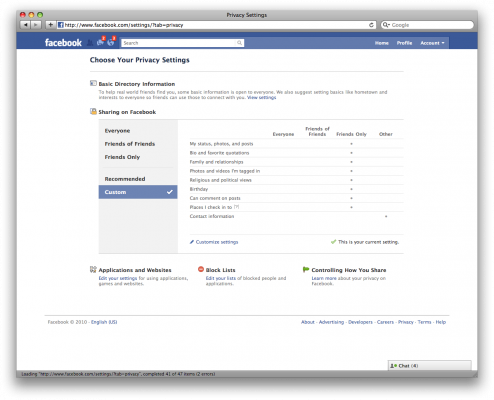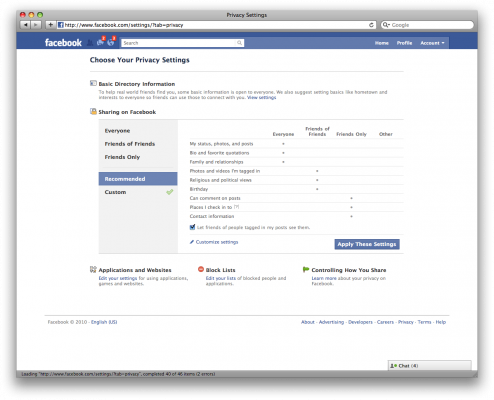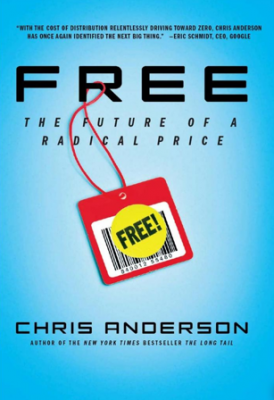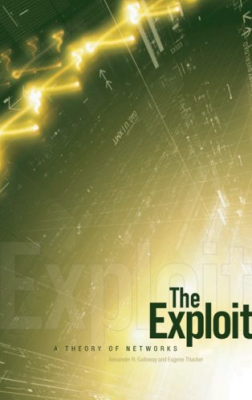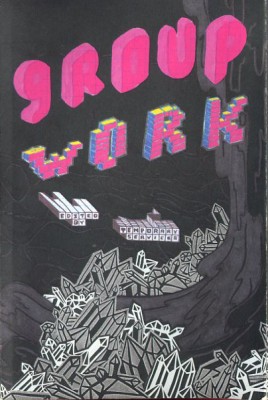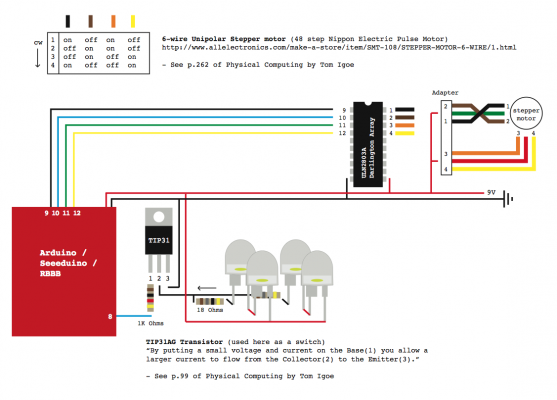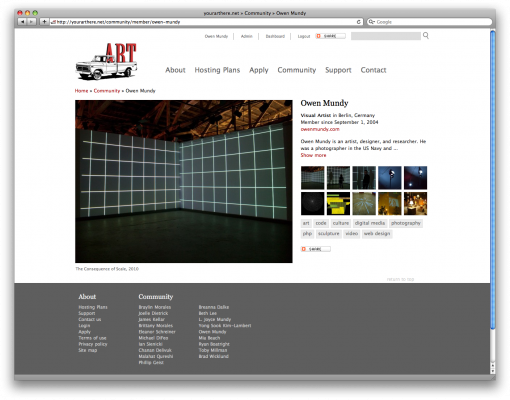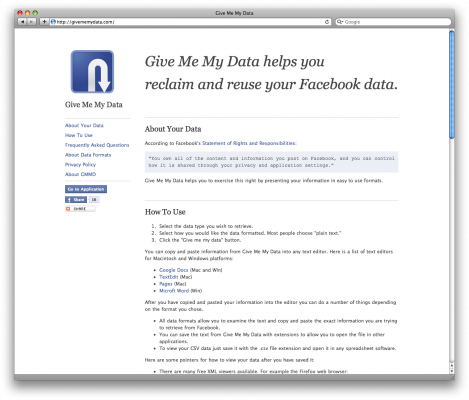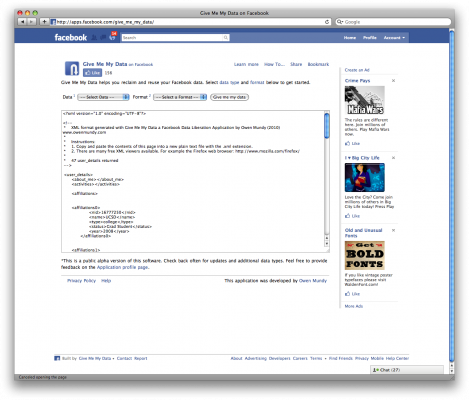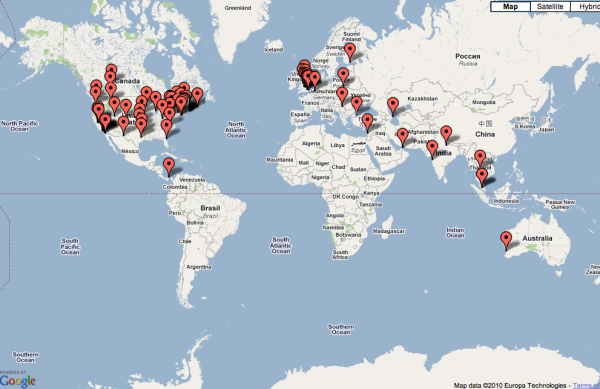Howdy, it’s been awhile since I last shared news about recent and ongoing projects. Here goes.
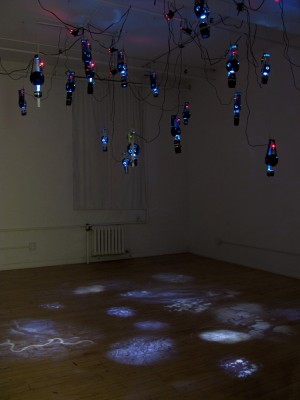
1. You Never Close Your Eyes Anymore
You Never Close Your Eyes Anymore is an installation that projects moving US Geological Survey (USGS) satellite images using handmade kinetic projection devices.
Each device hangs from the ceiling and uses electronic components to rotate strips of satellite images on transparency in front of an LED light source. They are constructed with found materials like camera lenses and consumer by-products and mimic remote sensing devices, bomb sights, and cameras in Unmanned Aerial Vehicles.
The installation includes altered images from various forms of lens-based analysis on a micro and macro scale; land masses, ice sheets, and images of retinas, printed on reflective silver film.
On display now until July 31 at AC Institute 547 W. 27th St, 5th Floor
Hours: Wed., Fri. & Sat.: 1-6pm, Thurs.: 1-8pm
New video by Asa Gauen and images
http://owenmundy.com/site/close_your_eyes
2. Images and video documentation of You Never Close Your Eyes Anymore will also be included in an upcoming Routledge publication and website:
Reframing Photography: Theory and Practice
by Rebekah Modrak, Bill Anthes
ISBN: 978-0-415-77920-3
Publish Date: November 16th 2010
http://www.routledge.com/books/details/9780415779203/

3. Give Me My Data launch
Give Me My Data is a Facebook application designed to give users the ability to export their data out of Facebook for any purpose they see fit. This could include making artwork, archiving and deleting your account, or circumventing the interface Facebook provides. Data can be exported in CSV, XML, and other common formats. Give Me My Data is currently in public-beta.
Website
http://givememydata.com/
Facebook application
http://apps.facebook.com/give_me_my_data/

4. Give Me My Data was also covered recently by the New York Times, BBC, TechCrunch, and others:
Facebook App Brings Back Data by Riva Richmond, New York Times, May 1, 2010
http://gadgetwise.blogs.nytimes.com/2010/05/01/facebook-app-brings-back-data/
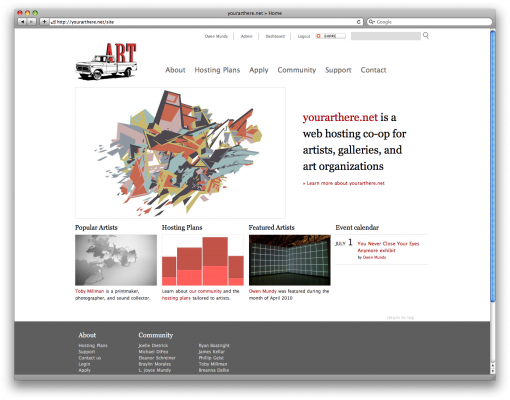
5. yourarthere.net launch
A major server and website upgrade to the yourarthere.net web-hosting co-op for artists and creatives. The new site allows members of the community to create profiles and post images, tags, biography, and events. In addition to the community aspect, yourarthere.net is still the best deal going for hosting your artist website.
Website
http://yourarthere.net
More images
http://owenmundy.com/site/design_yourarthere_net
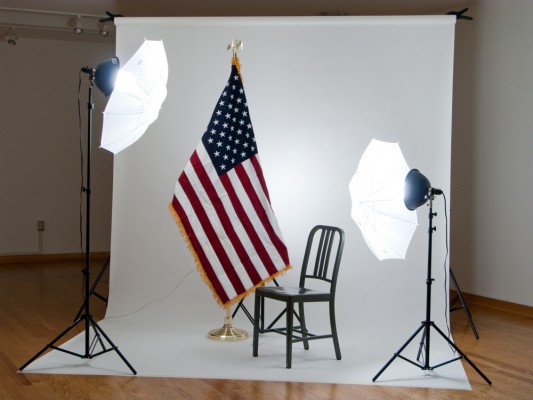
6. The Americans
The Americans is currently on view at the Northwest Florida State College in Niceville, FL. It features a new work with the same title.
More images
http://owenmundy.com/site/the-americans
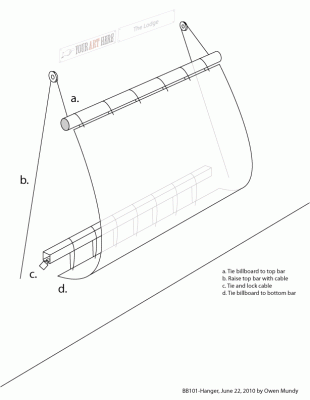
7. Your Art Here billboard hanger
I recently designed a new billboard hanging device and installed it in downtown Bloomington, IN with the help of my brother Reed, and wife Joelle Dietrick.
Stay tuned here for news about Your Art Here and the new billboard by Joelle Dietrick.
http://www.facebook.com/pages/Your-Art-Here/112561318756736
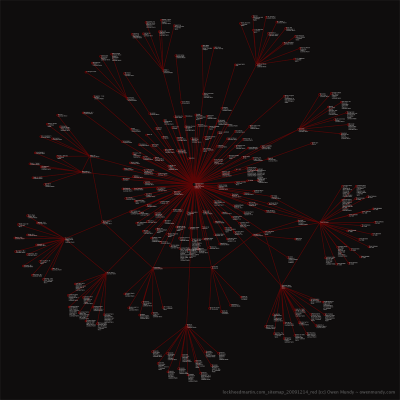
8. Finally, moving to Berlin for a year on a DAAD fellowship to work on some ongoing projects, including Automata.
More images
https://owenmundy.com/blog/2010/07/new-automata-sitemaps/
I’ll be giving a paper about Automata at the upcoming ISEA2010 conference in Ruhr, Germany.
http://www.isea2010ruhr.org/conference/tuesday-24-august-2010-dortmund
Many thanks to Chris Csikszentmihályi, Director of the Center for Future Civic Media http://civic.mit.edu/ , for inviting me to the MIT Media Lab last August to discuss the project with his Computing Culture Group: http://compcult.wordpress.com/




